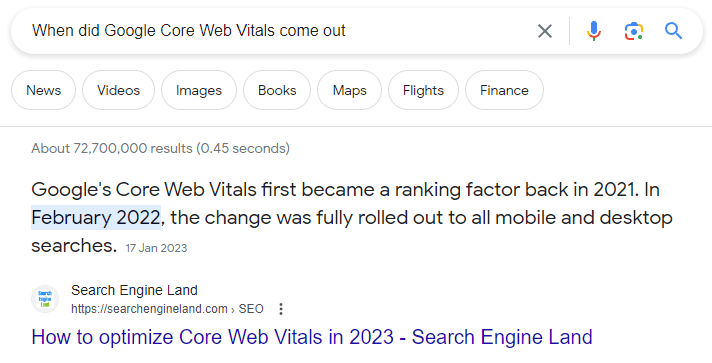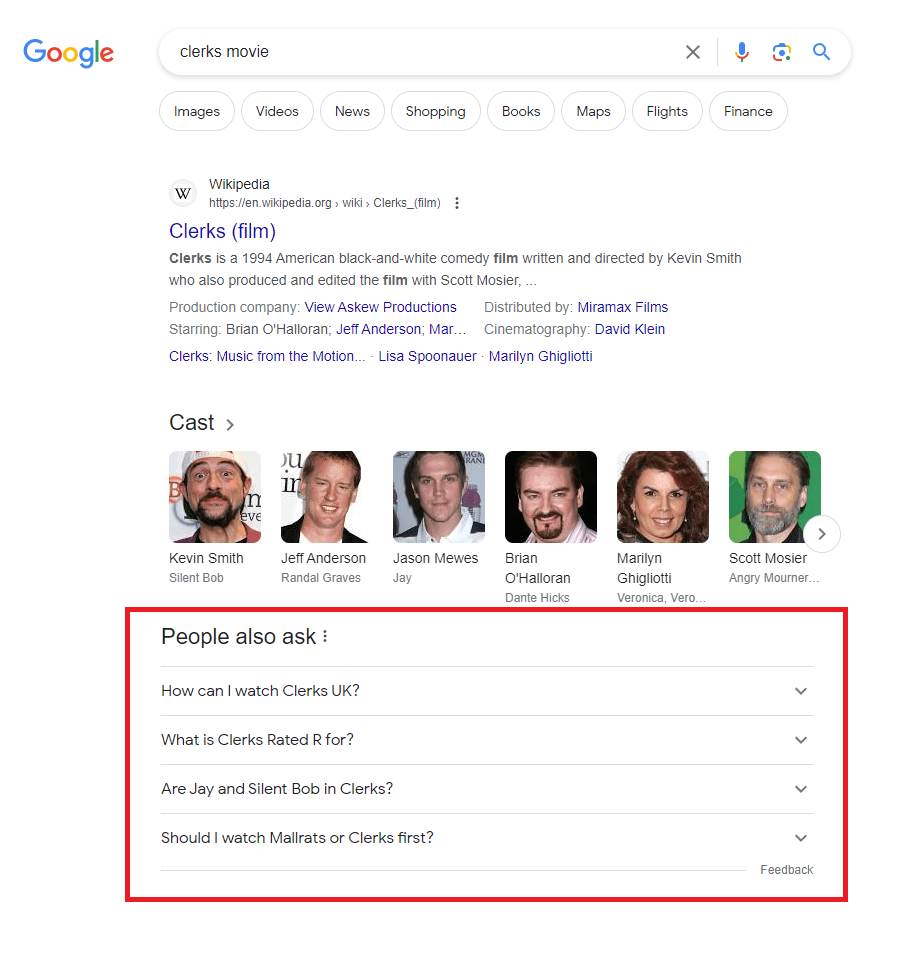What is Voice Search Optimization?
Most of us are familiar with technology like Alexa, Siri and Google Assistant, but surprisingly, the area of voice search is still in its infancy.
That being said, the features of voice search and the way in which we perform this type of search is already both well-established and distinct from text-based search.
As a result, voice search optimisation is steadily growing as a specialist offshoot of SEO.
Why optimise for voice search?
Research suggests that 50% of consumers are using voice search daily
This means that a voice search strategy is essential if you want to stay ahead of the curve and capture an audience your competitors are probably missing out on.
How are voice search queries different?
Voice search queries tend to be longer and more conversational in form – we are basically having a chat with our phones!
This means that people aren’t trying to distil their query into as few keywords as possible (as is the case with text-based search). Instead, they are formulating a question that will return a very specific answer, much like a long-tail based text query.
Voice search technology uses natural language processing, or NLP to understand search intent, overlay personalisation factors such as previous search history, and finally, extract the main keywords before querying a search engine.
How do I optimise for Voice Search?
To win in voice search, here’s what you need to do:
- Grab featured snippet
- Target the long-tail
- Target questions
- Develop a conversational tone
- Optimise for mobile
- Leverage local factors
1. Grab featured snippets
The elevated featured snippet position is the new position one in search results. Having started life as the Position-Zero result, the featured snippet was an “extra” result alongside the normal ten results on Page One of the SERPs. Recently, Google shifted the featured snippet so it effectively replaces the position one result. In normal search, the featured snippet typically sees twice the clickthrough rate of a typical first position result.

Google promotes pages into featured snippets due to their readability, structure, helpfulness and overall relevancy to the query. If you’ve already adopted and working to Google’s EEAT guidelines, then you’re already most of the way there. This is why featured snippets are most used by voice enabled devices to provide as direct an answer to your query as possible.
To target featured snippets, first you’ll need to identify which keywords trigger SERPs where featured snippets are possible – these are normally Q&A terms and long-tail phrases. Keyword research tools like SEMRush which list SERP features, allowing you to quickly extract these opportunities.
Next, make sure your page content is structured clearly using headings – each one answering addressing a specific aspect of your topic.
Use bullet points and numbered lists to make your content easy to read and digest.
Adding schema to your code so as to identify entities, and to disambiguate terms that have more than one meaning helps Google better understand the topic you’re addressing.
This gives your page the best chance of appearing in the featured snippet, as Google is able to pull the information it requires from your content and straight into the box.
2. Target the long-tail
Whilst many SEO keyword strategies aim to rank short tail keywords on a foundation of long-tail variants, a voice search strategy is entirely comprised of long-tail keyword targeting.
Long-tail keywords can be easily extracted from keyword tools like the aforementioned SEMRush, which allow keyword reports to be filtered by length of query. Long-tail keywords typically have lower search volumes than short-tail keywords, however there are a far greater number of long-tail variations, often with a much clearer search intent.
Additionally, you can find relevant long tail searches that you are already indexed for, by exporting a query report in Search Console and filtering in Excel by character count.
Another great source of new long tail keywords if you’re running Google Ads, is the Search Terms report. Providing you have broad and phrase match types, Google will be serving your ads for long-tail keywords. Downloading the report and filtering by match type + query character length will reveal viable targets.
Add your long-tail keywords as phrases as naturally as possible within your content.
3. Target questions
Just over 14% of searches are formulated as questions – these are keywords which include the Five W’s (and one H) of Who, What, When, Where, Why and How.
To find questions relevant to your niche, use tools like Answer The Public to give you a list based on topical keywords related to your services or products. Alternatively, conduct a relevant search in Google and copy the questions from the People Also Ask box:

The more questions you “open” in the PAA box, the more additional (real) questions it will add to for you to extract.
One more tip for finding questions that people ask is to use Google’s real time search suggestions to find trending questions. Do this by adding how / where / what / when to your short-tail keywords and seeing what Google suggests:

By optimising for questions, you’re not only targeting specific queries with search volume, but you’re also showing Google that you’re genuinely useful, and a potential authority source in your niche.
Not only do question/answer combinations stand a good chance of appearing in the featured snippet box, but they increase opportunities for better user engagement and conversion rates by providing answers to the questions that you know people are looking for, and guiding them further through your conversion funnel using appropriate calls to action (CTAs).
4. Develop a conversational tone
A less formal tone to your content gives you the edge in voice search. This is because the queries tend to be more conversational, and so the results need to reflect that.
Generally, this means avoiding too much technical jargon and focusing on concise straightforward language. You want to compose a response that, if read aloud by Siri or Alexa, would convey all the important information quickly and concisely.
Utilising personal pronouns more (“I”, “we”, “you”, “us”) is a good way to build a more conversational tone, as well as future proof for Google’s AI Powered Search Generative Experience a feature of which is to showcase opinion-based answers from people, over commentary from organisations.
5. Optimise for mobile
Mobile traffic accounts for over 60% of website traffic and more than a quarter of web searches are voice searches via a mobile device.
With the mobile experience being more important to Google than desktop (the hard switchover to mobile-first indexation happened in September 2020), sites prioritising the mobile experience are already in a better position to rank than those which don’t.
Considering Core Web Vitals therefore becomes highly important for VSO. Not only will they help you rank in the places where voice search is pulling results from, but you will also be providing a great experience for the user when they visit from their voice-enabled devices – which will often be smartphones.
6. Leverage local factors
Some sixteen percent of voice searches have local intent – that is, their query ends with “near me”. If your business has the potential for, or is already leveraging local search techniques, then these can be enhanced for voice search.
Fully completing your Google Business profile is the foundation of local success. You should make sure that your business information is complete and up to date, consistent with other citations around the web (most commonly web directories and social media profiles), and is set up in the right categories relevant to your business. In addition, make as much use of the voice-friendly features as possible – these include having an accurate location marker for directions, opening times and custom sets of Questions & Answers that voice-enabled devices can return information from.
Need help with voice search?
If you want to get your VSO generating traffic, a great starting point is our Free Acquisitions Workshop.
In our Free Acquisitions Workshop, you will receive a free 30-minute discussion with one of our experienced marketing experts, a tailored action plan, and free resources to help you take your strategy to the next level.












